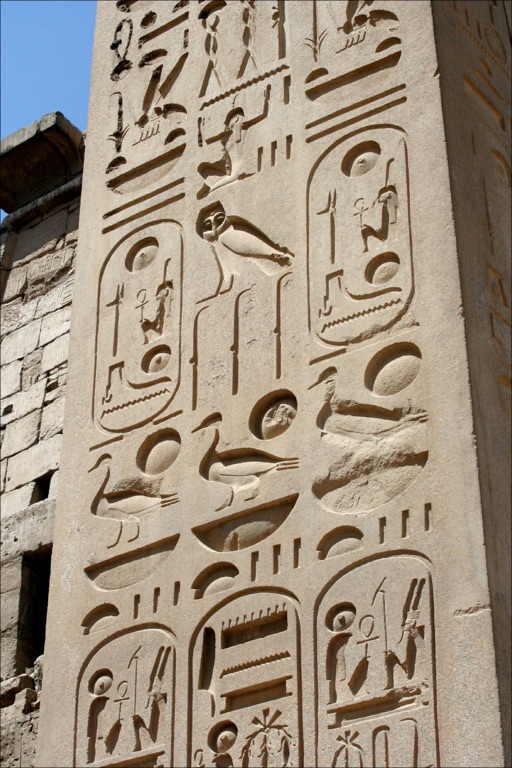The Ancient Egyptian culture, one of the most fascinating and complex civilizations in history, thrived for over three millennia, from around 3100 BC to 332 BC. Known for their architectural marvels like the pyramids and the Sphinx, the Egyptians also made significant contributions to various fields such as art, language, and science. Their religion, a complex polytheistic system, deeply influenced their society, politics, and personal lives. The harsh desert environment shaped their lifestyle and belief systems, while trade opened them to foreign influences and wealth. Their unique practices, like mummification, offer intriguing insights into their views on death and the afterlife.
Get your dose of History via Email
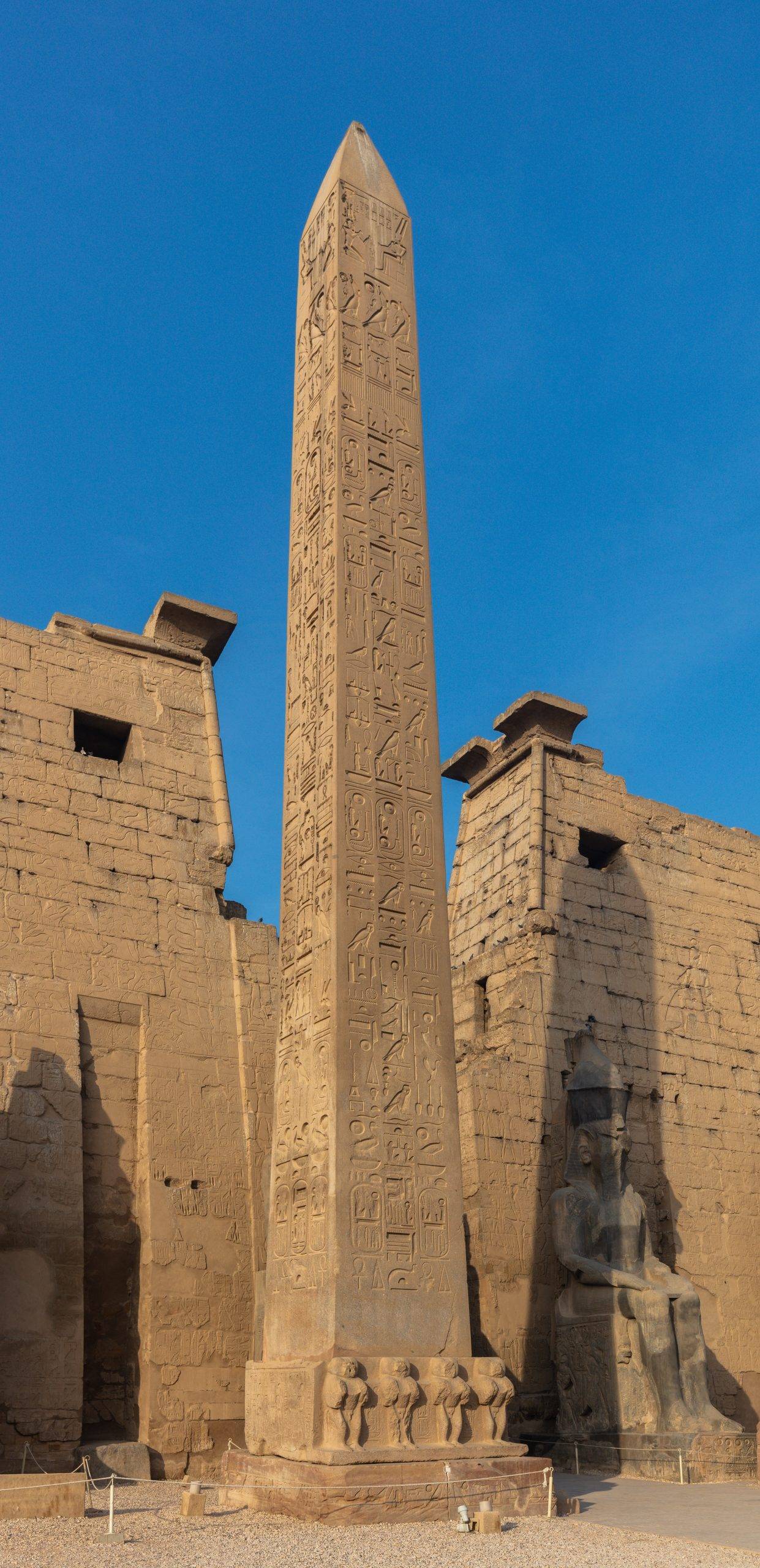
What was the religion in Ancient Egypt?
Religion was a central part of Ancient Egyptian culture, influencing every aspect of their daily life. The Egyptians practised polytheism, with a pantheon of gods and goddesses, each responsible for different aspects of life and nature. Some of the most prominent deities included Ra, the sun god; Isis, the goddess of motherhood and magic; and Osiris, the god of the underworld and judge of the dead.
The Egyptians believed in an afterlife, a belief that significantly influenced their burial practices and architectural feats. They built massive pyramids and tombs for their pharaohs, filled with treasures and supplies for the afterlife. The Book of the Dead, a collection of spells and instructions, was often included in the tombs to guide the deceased in the afterlife.
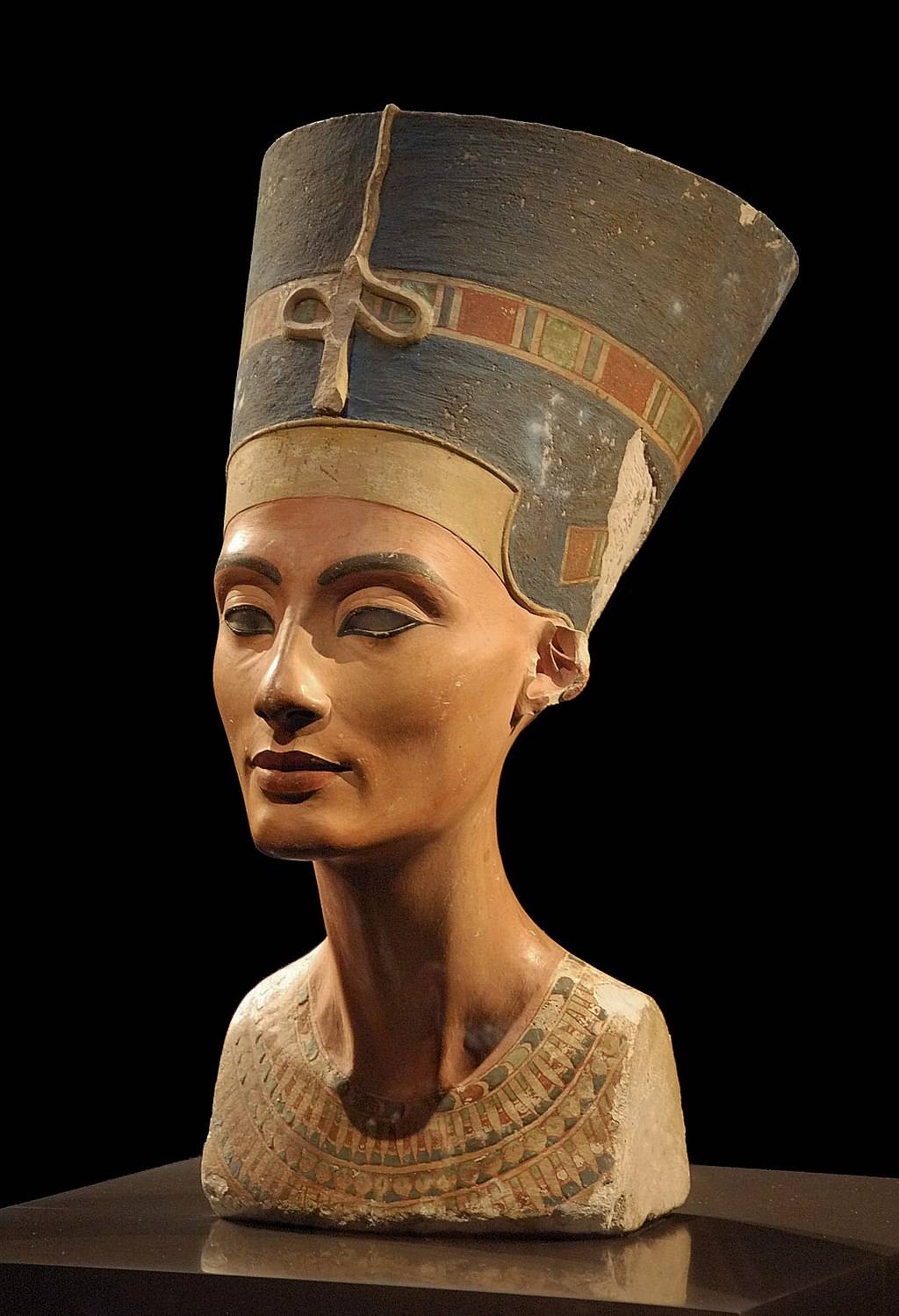
Temples were the religious centers of Ancient Egypt, serving as places of worship, learning, and community. They were lavishly decorated with statues, reliefs, and inscriptions dedicated to the gods. Priests and priestesses, who served the deities, held significant power and influence in Egyptian society.
Festivals and rituals were an integral part of Egyptian religious life. The most important was the annual flooding of the Nile, celebrated with the Festival of Opet. This event was seen as a time of rebirth and rejuvenation, symbolizing the fertility and life-giving power of the Nile.
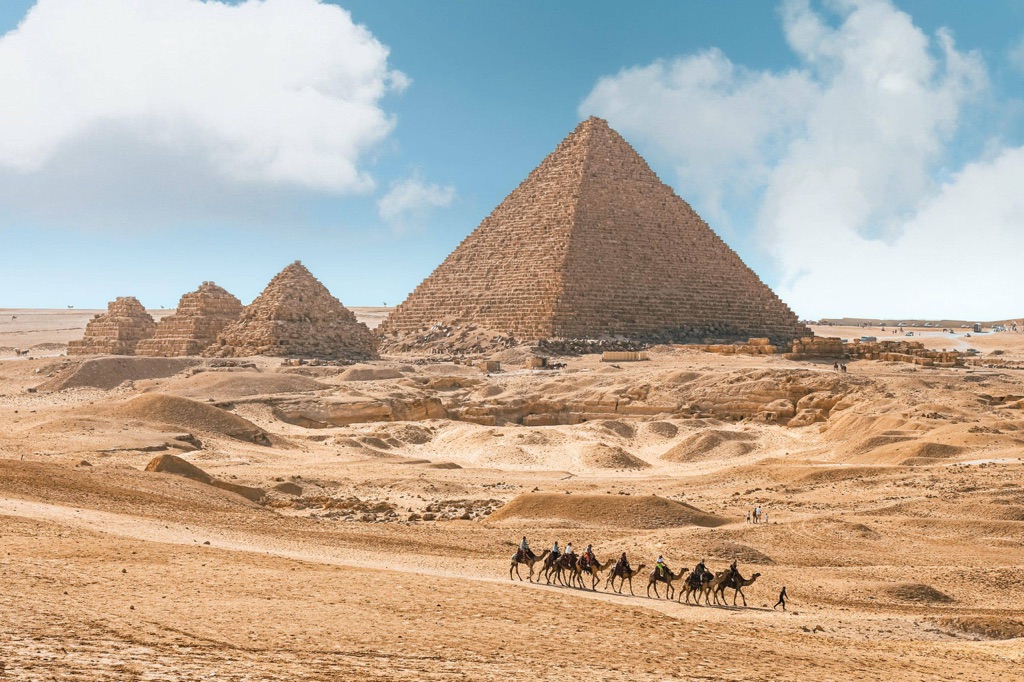
Despite the numerous gods and complex rituals, the core of Egyptian religion was the concept of Ma’at, the cosmic order and balance. The Egyptians believed that maintaining Ma’at was essential for the prosperity and stability of their civilization.

How did the desert impact Ancient Egyptian civilization?
The harsh desert environment played a crucial role in shaping Ancient Egyptian civilization. The Nile River, flowing through the desert, was the lifeblood of Egypt, providing water, fertile soil, and transportation. The predictable annual flooding of the Nile allowed the Egyptians to develop a successful agricultural system, leading to the growth of a prosperous and stable civilization.
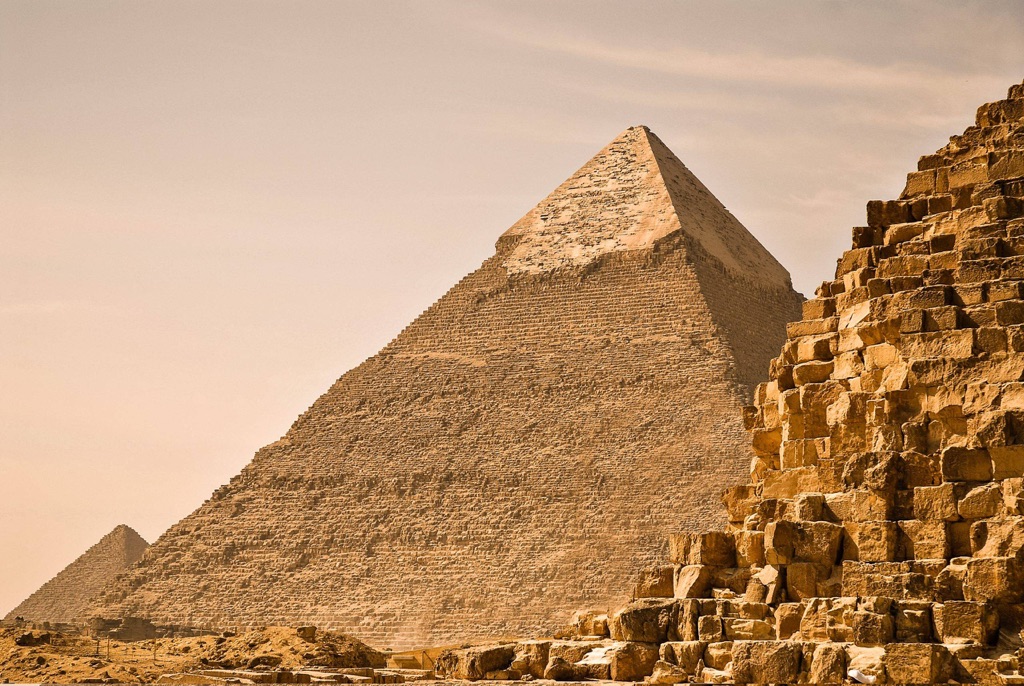
The desert also provided natural resources like stone, minerals, and precious metals. These resources were used for building, crafting, and trade, contributing to Egypt’s wealth and cultural development. The desert also served as a natural barrier, protecting Egypt from foreign invasions and allowing it to maintain its distinct culture and identity.
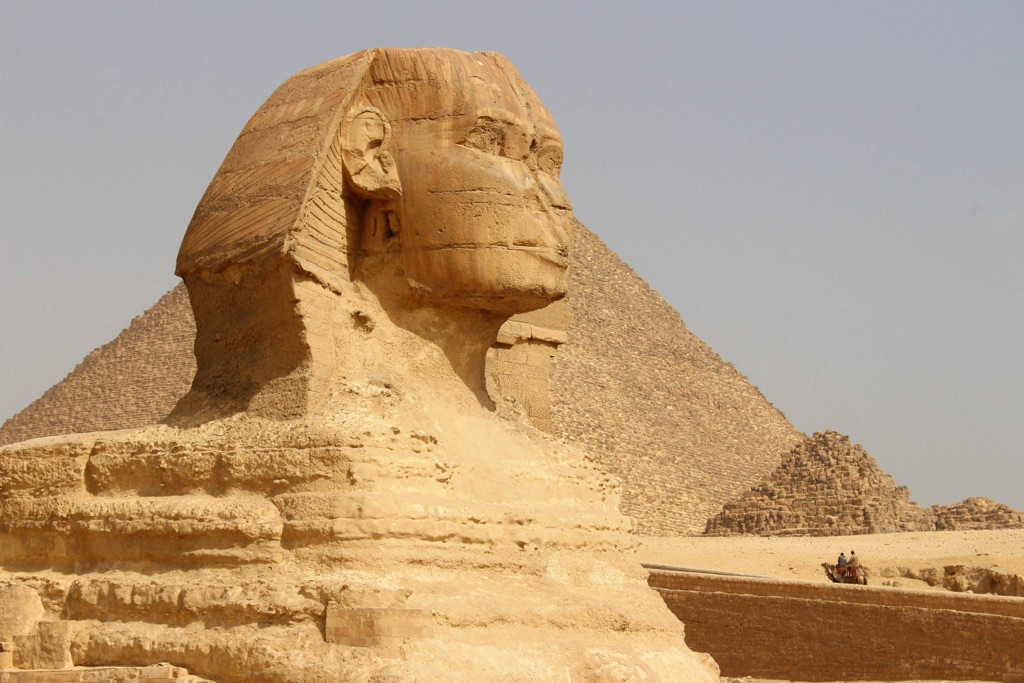
Despite its harshness, the desert was also a sacred space for the Egyptians. They believed it was the realm of the gods and the dead. Many of their temples and tombs were built in the desert, including the famous pyramids and the Valley of the Kings.
The desert’s influence can also be seen in Egyptian art and mythology. The sun, a powerful force in the desert, was a central symbol in Egyptian religion. Many of their gods, like Ra and Horus, were associated with the sun.
In conclusion, the desert was not just a backdrop for Ancient Egyptian civilization, but a defining element of its culture, religion, and lifestyle.
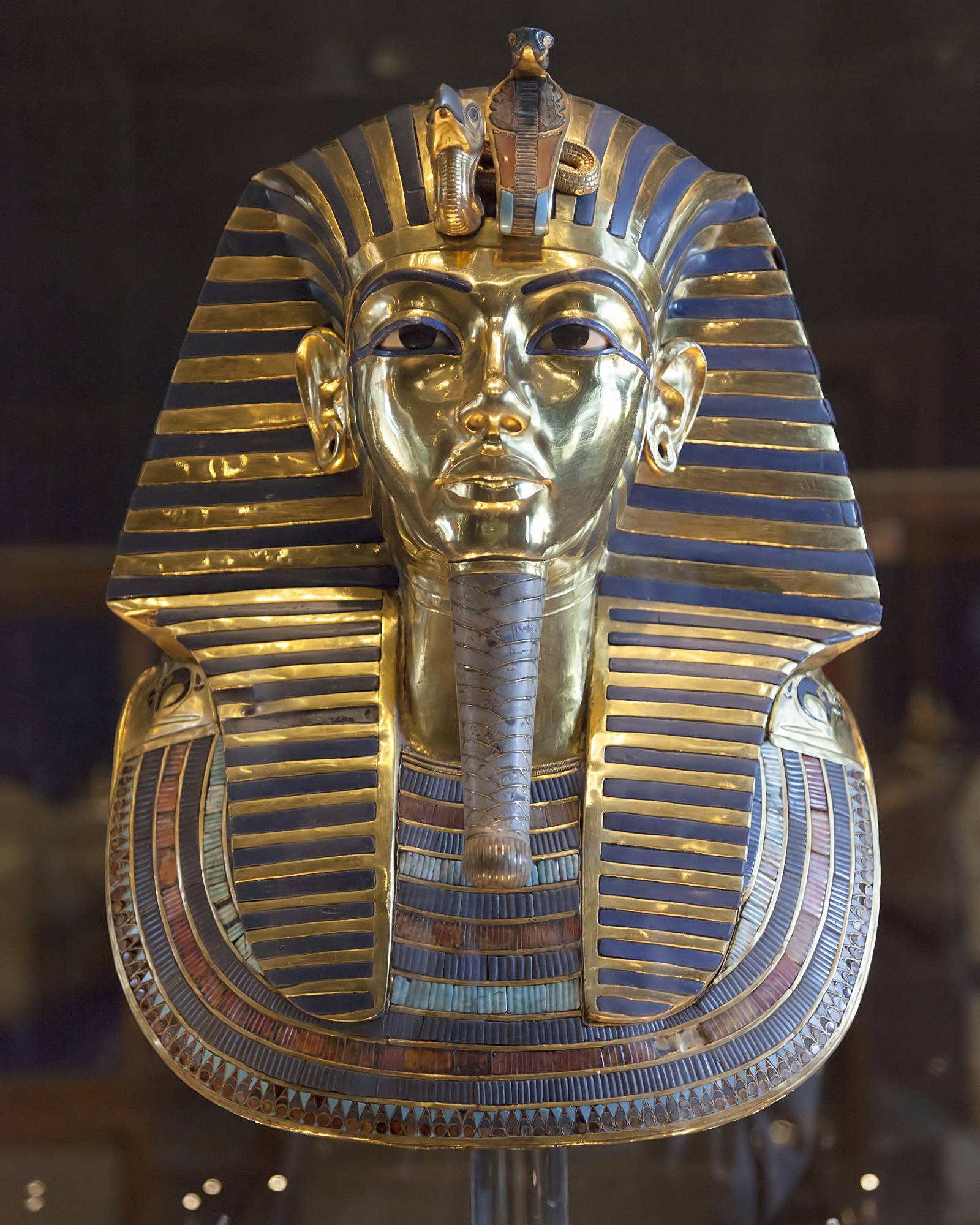
What age did ancient Egypt exist?
Ancient Egypt, one of the world’s oldest civilizations, existed from around 3100 BC to 332 BC. This period, spanning over three millennia, is traditionally divided into three main eras: the Old Kingdom, the Middle Kingdom, and the New Kingdom.
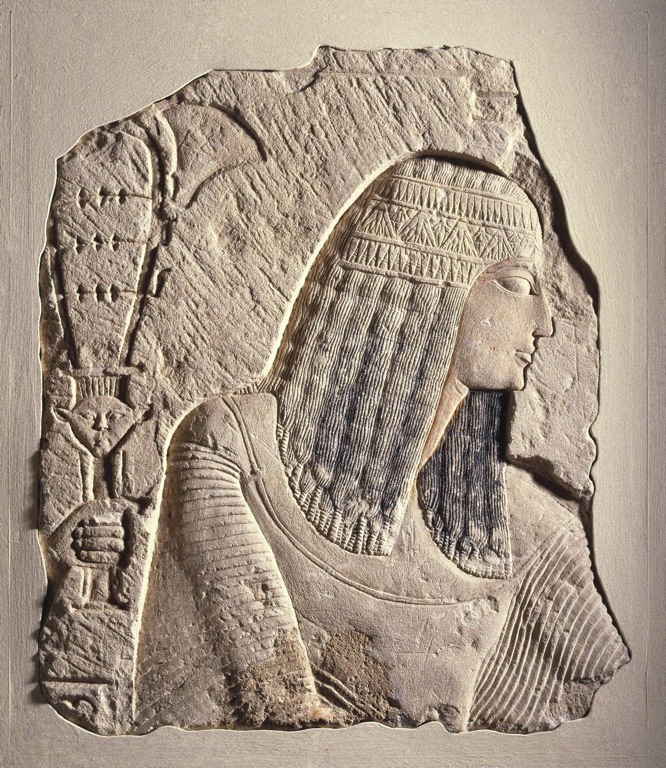
The Old Kingdom (2686-2181 BC), also known as the Age of the Pyramids, was a time of prosperity and stability. It was during this period that the famous pyramids of Giza were built. The Old Kingdom ended with a period of decline and chaos, known as the First Intermediate Period.
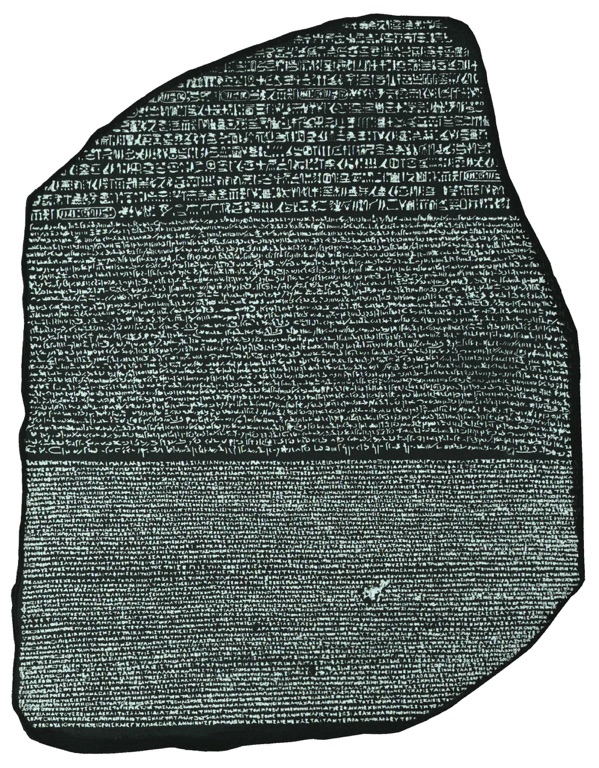
The Middle Kingdom (2055-1650 BC) was a period of political and cultural revival. It was marked by advances in literature, art, and architecture. The Middle Kingdom ended with the Second Intermediate Period, a time of political instability and foreign invasions.
The New Kingdom (1550-1070 BC) was the peak of Egypt’s power and glory. It was during this period that many of Egypt’s most famous pharaohs, including Tutankhamun and Ramses II, reigned. The New Kingdom ended with the Third Intermediate Period, leading to the eventual decline of Ancient Egypt.
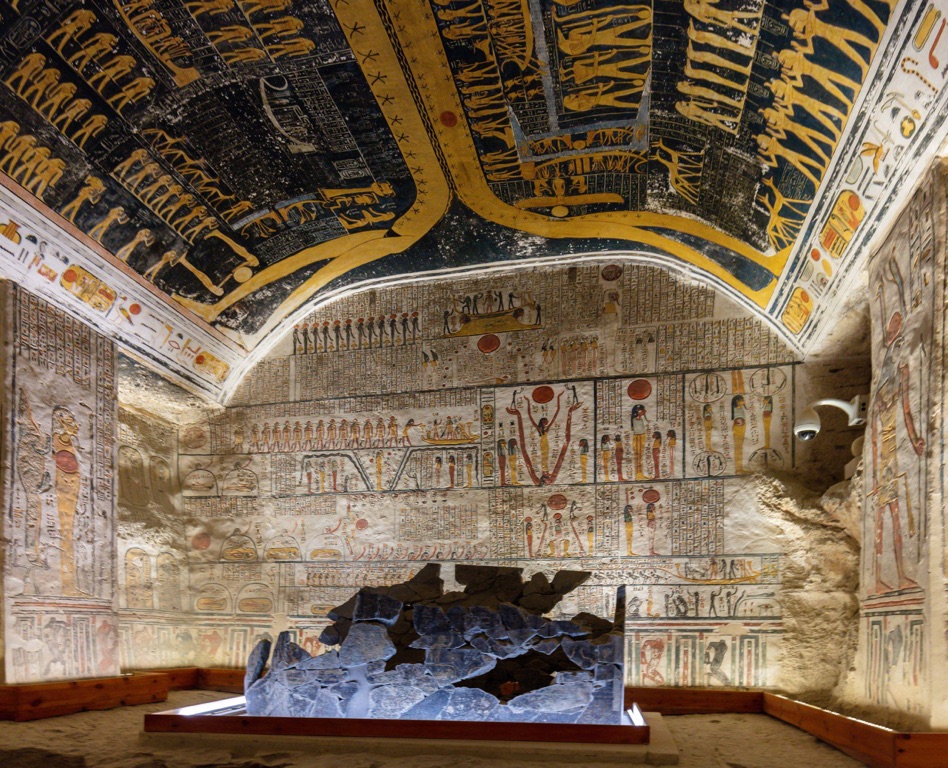
The last pharaoh of Egypt was Cleopatra VII, who ruled from 51 BC to 30 BC. After her death, Egypt became a province of the Roman Empire, marking the end of Ancient Egyptian civilization.
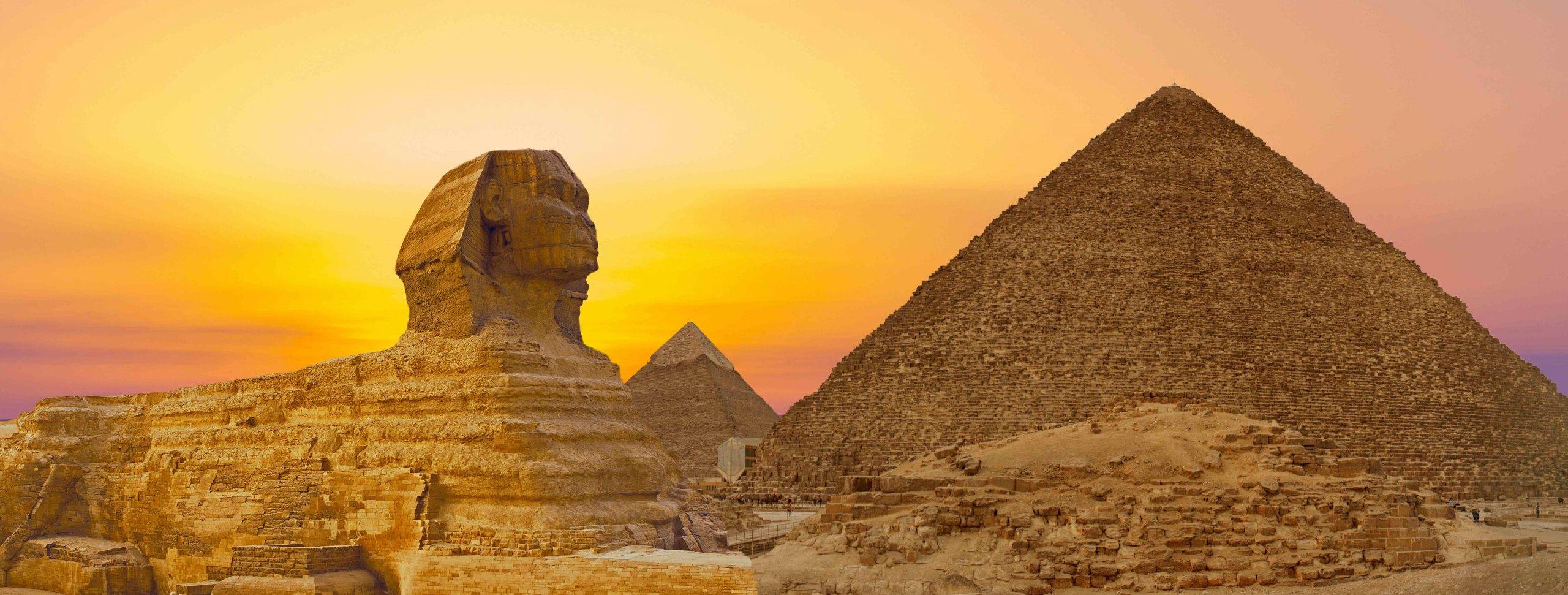
Despite its eventual decline, Ancient Egypt left a lasting legacy, with its impressive monuments, complex religion, and rich culture continuing to fascinate us today.
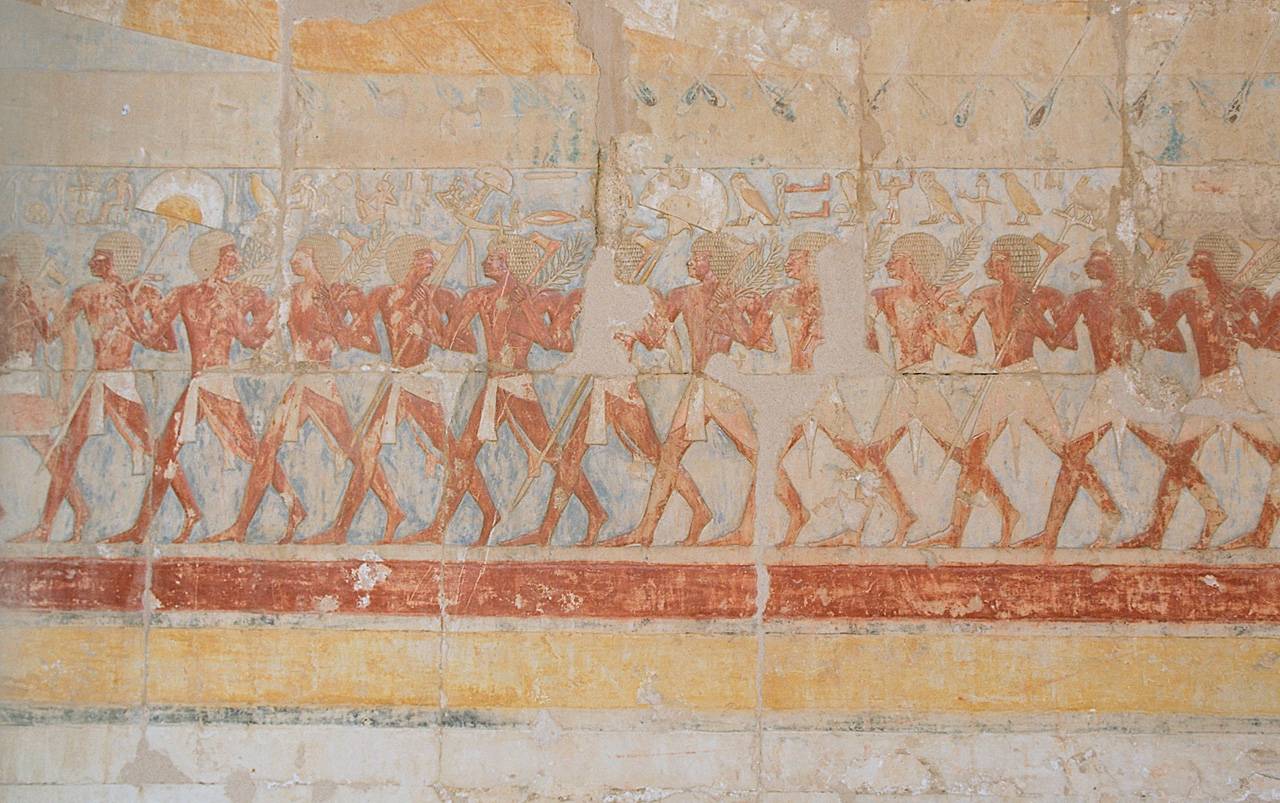
How did trade affect ancient egyptian culture?
Trade was a vital part of Ancient Egyptian culture, contributing to its economic prosperity and cultural development. The Nile River, with its extensive network of tributaries, facilitated trade within Egypt and with neighboring regions.
The Egyptians traded a variety of goods, including grain, linen, papyrus, gold, and precious stones. In return, they received items like incense, spices, ebony, ivory, and exotic animals. Trade also brought new ideas, technologies, and cultural influences, enriching Egyptian society.
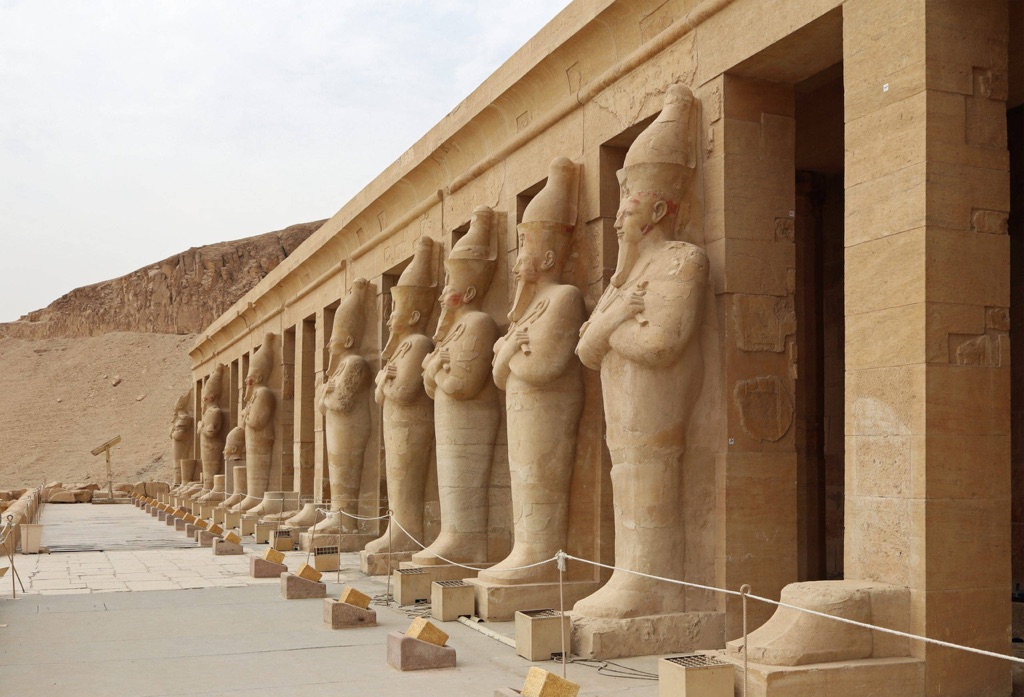
Trade relations with the Land of Punt, a region believed to be located in modern-day Somalia or Ethiopia, were particularly important. The Egyptians valued the incense, myrrh, and exotic goods from Punt, and trade expeditions to this region are well-documented in Egyptian art and inscriptions.
Trade also played a role in diplomacy and international relations. The Egyptians often exchanged gifts with foreign rulers, a practice known as tribute trade. These exchanges helped to establish alliances and maintain peace.
In conclusion, trade was not just an economic activity, but a cultural and political tool that shaped Ancient Egyptian civilization in significant ways.
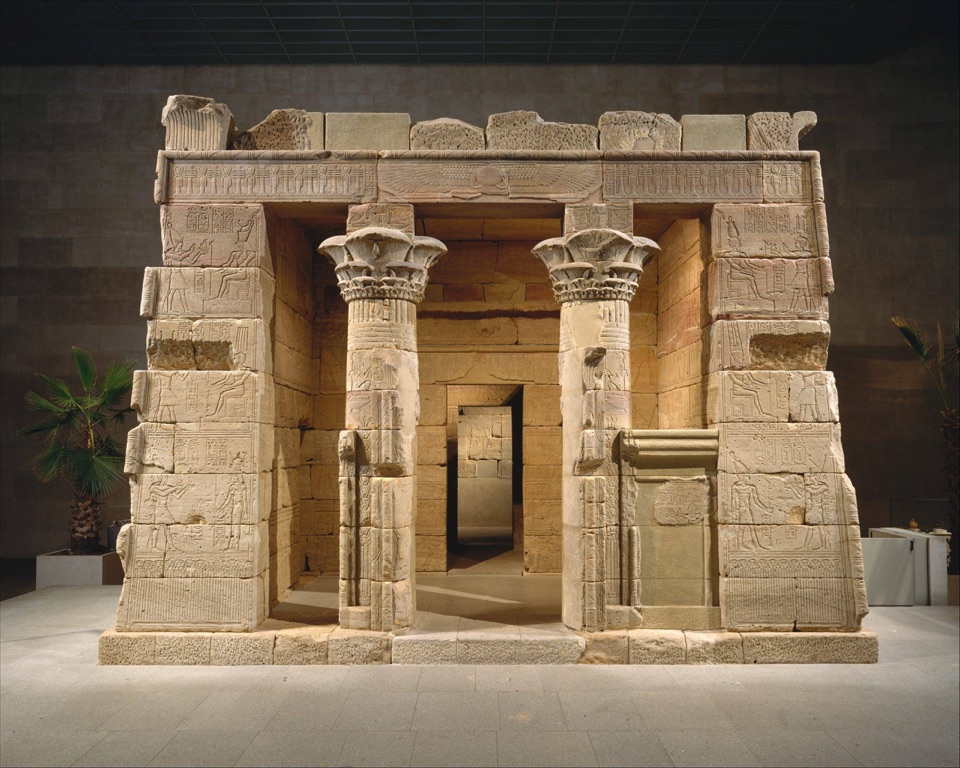
What does mummification reveal about ancient egyptian religious views?
Mummification, the practice of preserving the body for the afterlife, is one of the most distinctive aspects of Ancient Egyptian culture. It reveals much about their religious beliefs, particularly their views on death and the afterlife.
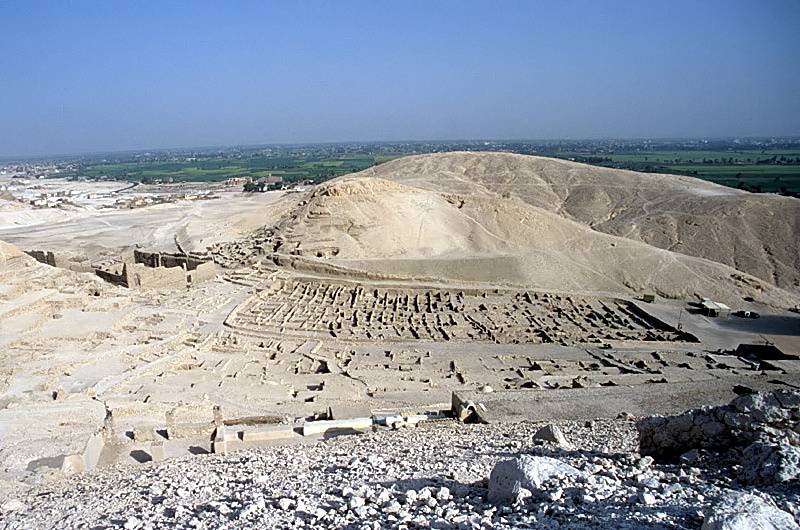
The Egyptians believed that the body, or the Ka, needed to be preserved for the Ba, or the soul, to live in the afterlife. This belief led to the development of mummification, a complex process involving the removal of organs, drying of the body, and wrapping in linen bandages.
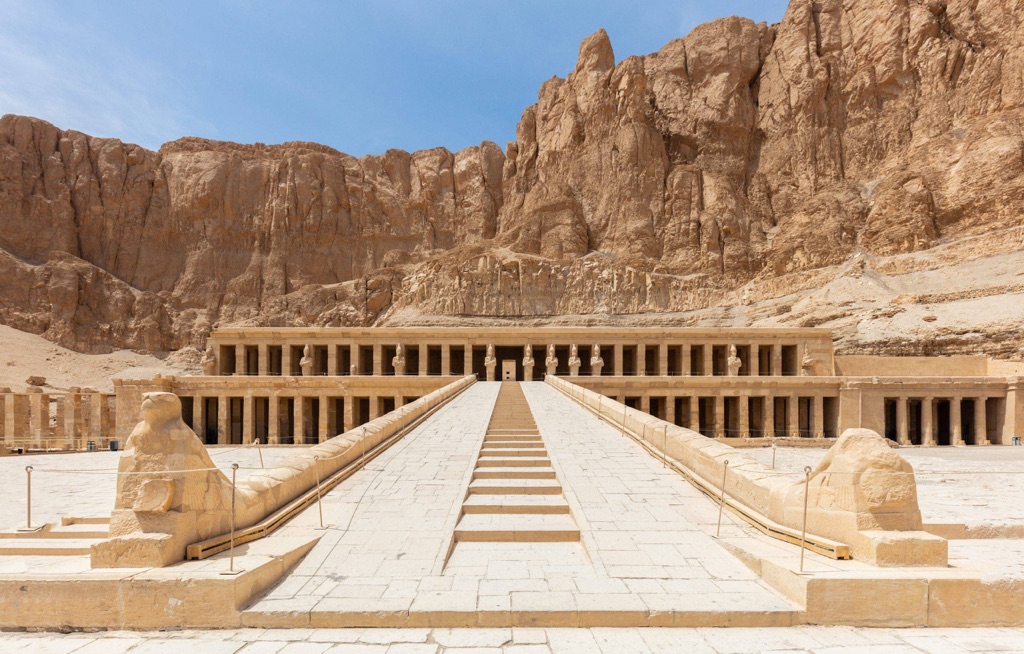
The mummification process was carried out by skilled embalmers, who performed rituals and spells to protect the deceased and guide them to the afterlife. The heart, believed to be the seat of intelligence and emotion, was left in the body, while the brain, considered unimportant, was removed.
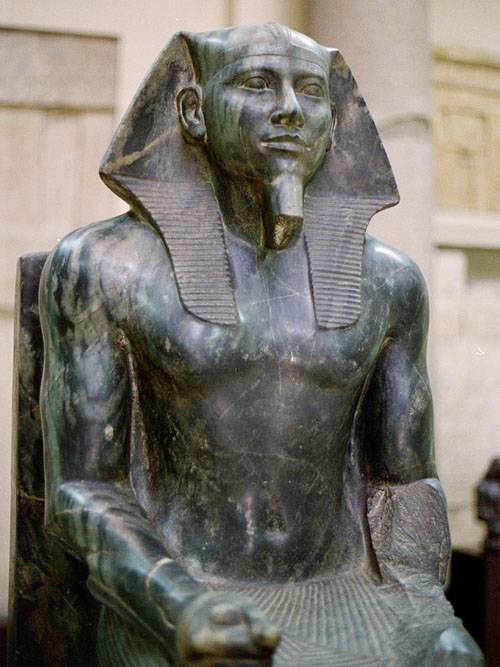
The mummified body was placed in a decorated coffin and buried with grave goods, including food, furniture, and personal items, for use in the afterlife. The tombs were often inscribed with spells and prayers from the Book of the Dead to aid the deceased in their journey.
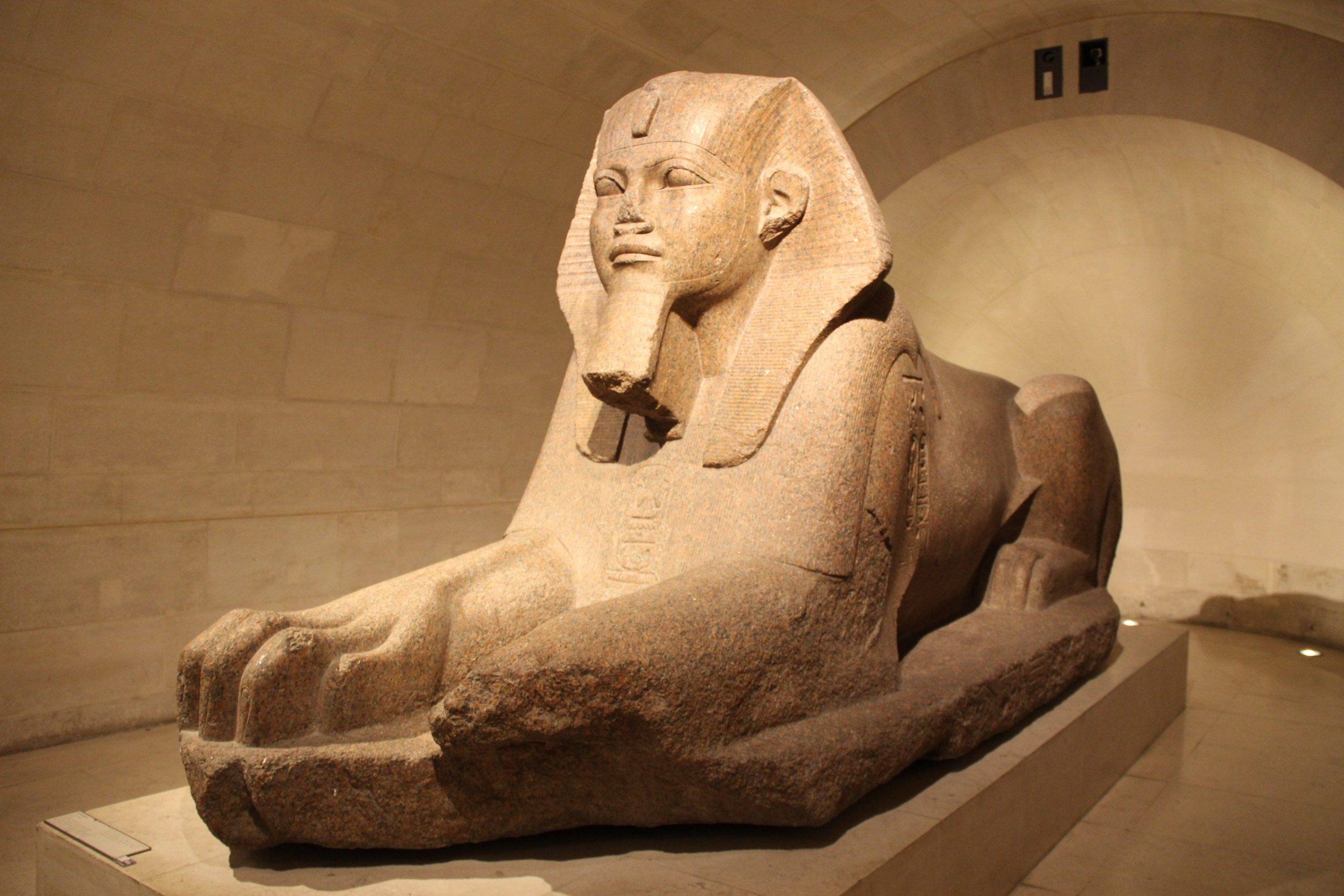
Mummification was not just for pharaohs and nobles, but was practiced by commoners as well, although their mummification was less elaborate. This practice shows that the belief in an afterlife was widespread in Egyptian society, reflecting their optimistic and pragmatic approach to death.
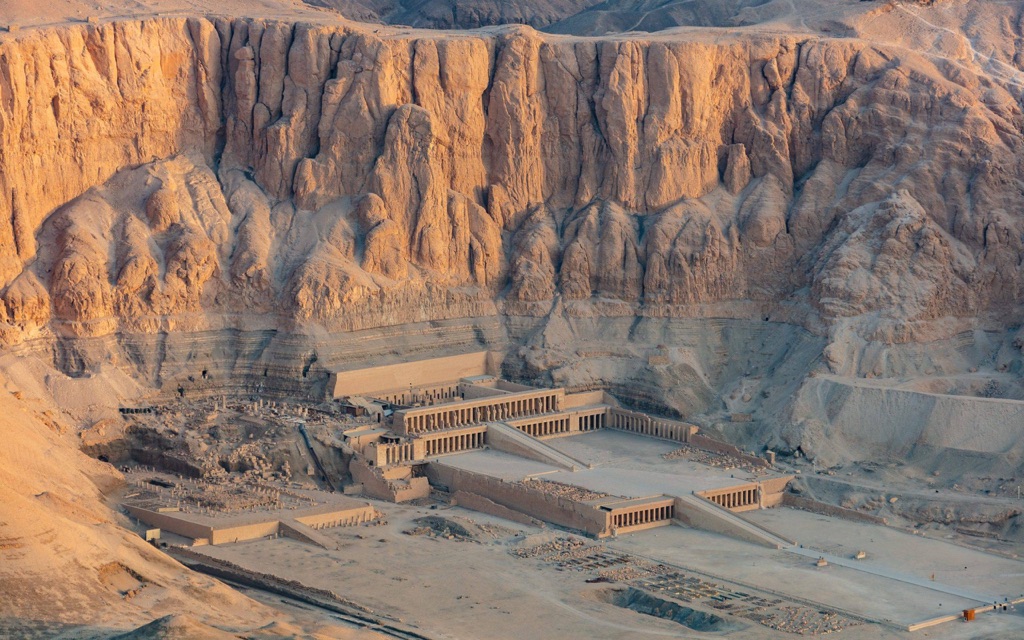
Conclusion and Sources
Ancient Egyptian culture, with its complex religion, impressive architecture, and unique practices, continues to captivate us today. Their understanding of life, death, and the cosmos, as reflected in their religion and practices like mummification, offers fascinating insights into their worldview. The harsh desert environment and the Nile River shaped their lifestyle and beliefs, while trade brought wealth and cultural exchange. Despite the passage of millennia, the legacy of Ancient Egypt remains alive, reminding us of the enduring power of human civilization.
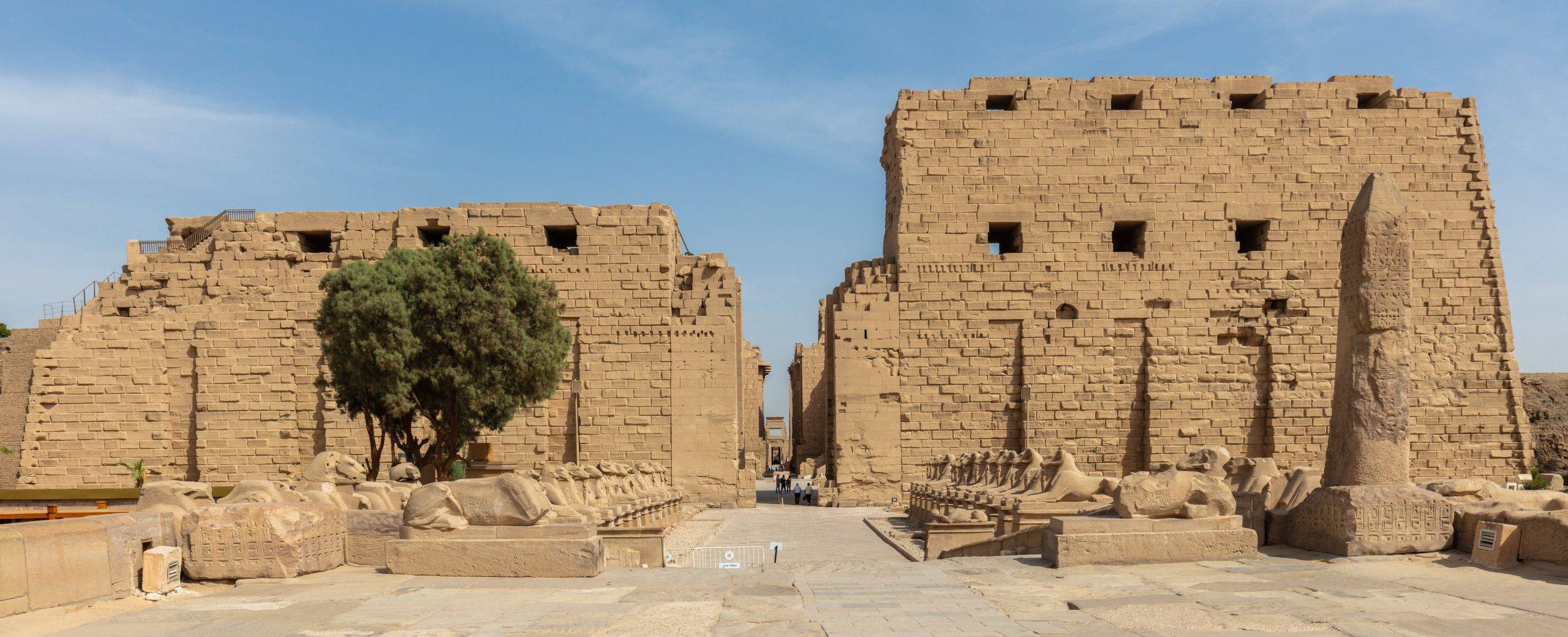
For further reading and verification of the information provided, please refer to the following sources:

